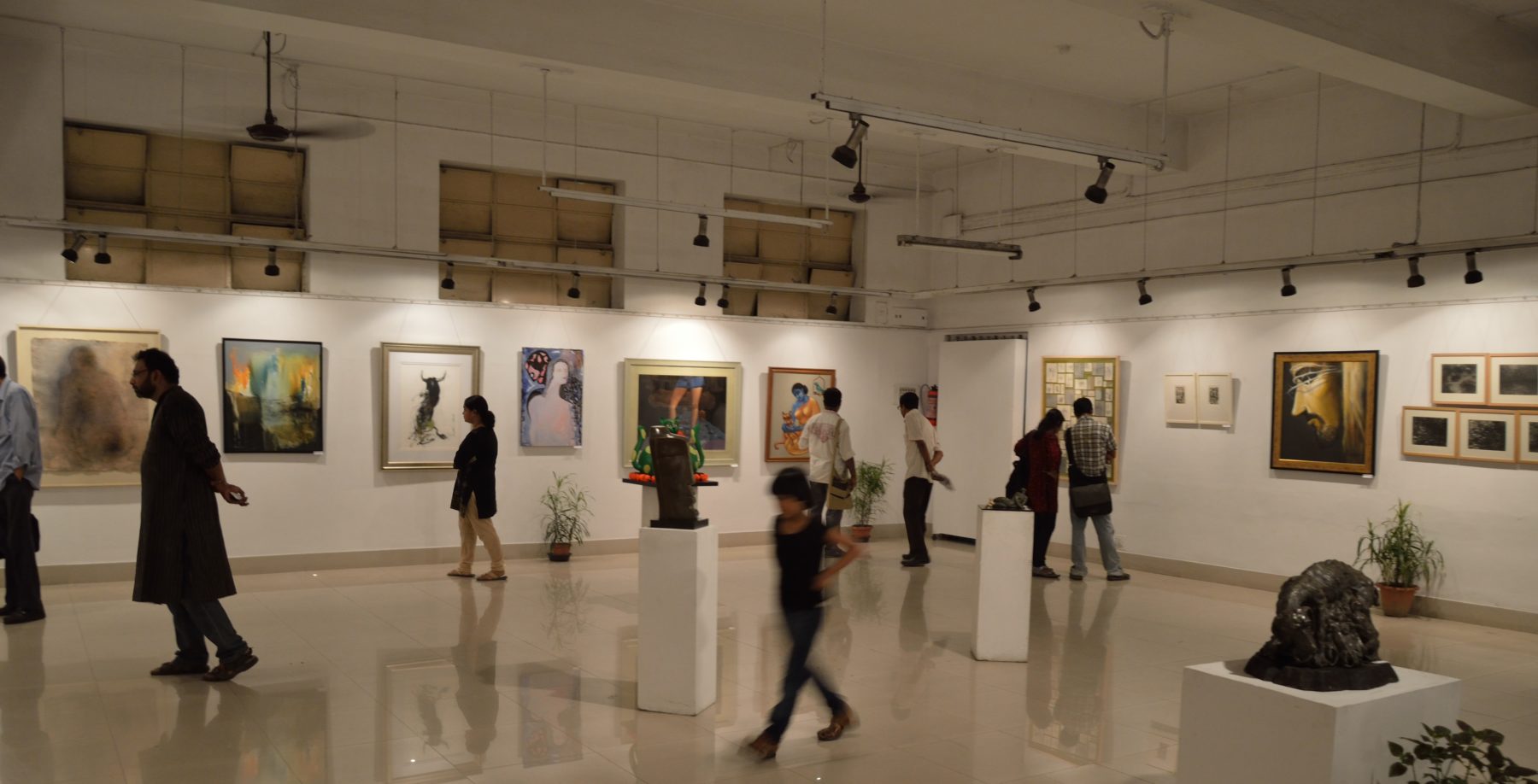This month’s research share contains articles that in some way address the shifts that are happening at the intersection of the arts and the public. Doeser and Kim assess models for governing cultural districts, Duncombe looks at the impact of artistic activism, Courage and McKeown compile the ever-expanding body of literature on creative placemaking, and Steven Hadley and Eleonora Belfiore challenge approaches to cultural democracy.
Thanks to the CRN members who contributed to this month’s research share. A reminder to reach out to me if you would like to see something featured next month. Remember that if you do not yet have access to the CultureLab Library, you can request access on the log-in page.
1. James Doeser and Anna Marazuela Kim. Global Cultural Districts Network. “Governance Models of Cultural Districts.” 2018. United Kingdom.
This report, commissioned by the Global Cultural Districts Network (GCDN), draws on primary research and a literature review to capture good practices, and identifies which stakeholders should be “at the table” for informed and effective decision making and oversight. The research has also revealed the range of business models that underpin these governing entities, reviewing how cultural districts are generating revenue and expending it. The research is intended to be fully international in scope, with useful lessons for GCDN members and other practitioners around the world.
2. Stephen Duncombe. The Center for Artistic Activism. “Assessing the Impact of Artistic Activism.” 2018. United States.
“Assessing the Impact of Artistic Activism” is an exploration of the impact of artistic forms of activism: how the affect and effect of the practice have been theorized, how it’s understood by cultural institutions and, based upon more than 50 interviews with practitioners, how artistic activists think what they do, how it works, how they know if it works, and what “working” even means in the context of a hybrid practice that mixes the arts and activism.
3. Francesca Sanderson, et al. Nesta. Experimental Culture: A Horizon Scan Commissioned by Arts Council England. 2018. United Kingdom.
This report, commissioned by the Arts Council and developed by Nesta, provides insights and recommendations on how arts and cultural organizations in the United Kingdom should evolve over the next 10 years in order to adapt the ever changing ways we consume arts and culture.
4. Cara Courage and Anita McKeown (editors). Routledge. “Creative Placemaking: Research, Theory and Practice.” 2018. United States & United Kingdom.
The book brings together a range of scholars to critique and deconstruct the notion of creative placemaking, presenting diverse case studies from researcher, practitioner, funder and policymaker perspectives from across the globe. It opens with the creators of the 2010 White Paper that named and defined creative placemaking, Ann Markusen and Anne Gadwa Nicodemus, who offer a cortically reflexive narrative on the founding of the sector and its development. This book looks at vernacular creativity in place, a topic continued through the book with its focus on the practitioner and community-placed projects. It closes with a consideration of aesthetics, metrics and, from the editors, a consideration of the next ten years for the sector.
5. Eleonora Belfiore and Steven Hadley. Cultural Trends (Vol 27, No 3). “Cultural Democracy and Cultural Policy.” 2018. United Kingdom.
Steven Hadley and Eleonora Belfiore review existing literature and initiatives regarding cultural democracy and argue for a more thorough questioning of existing hierarchies.
